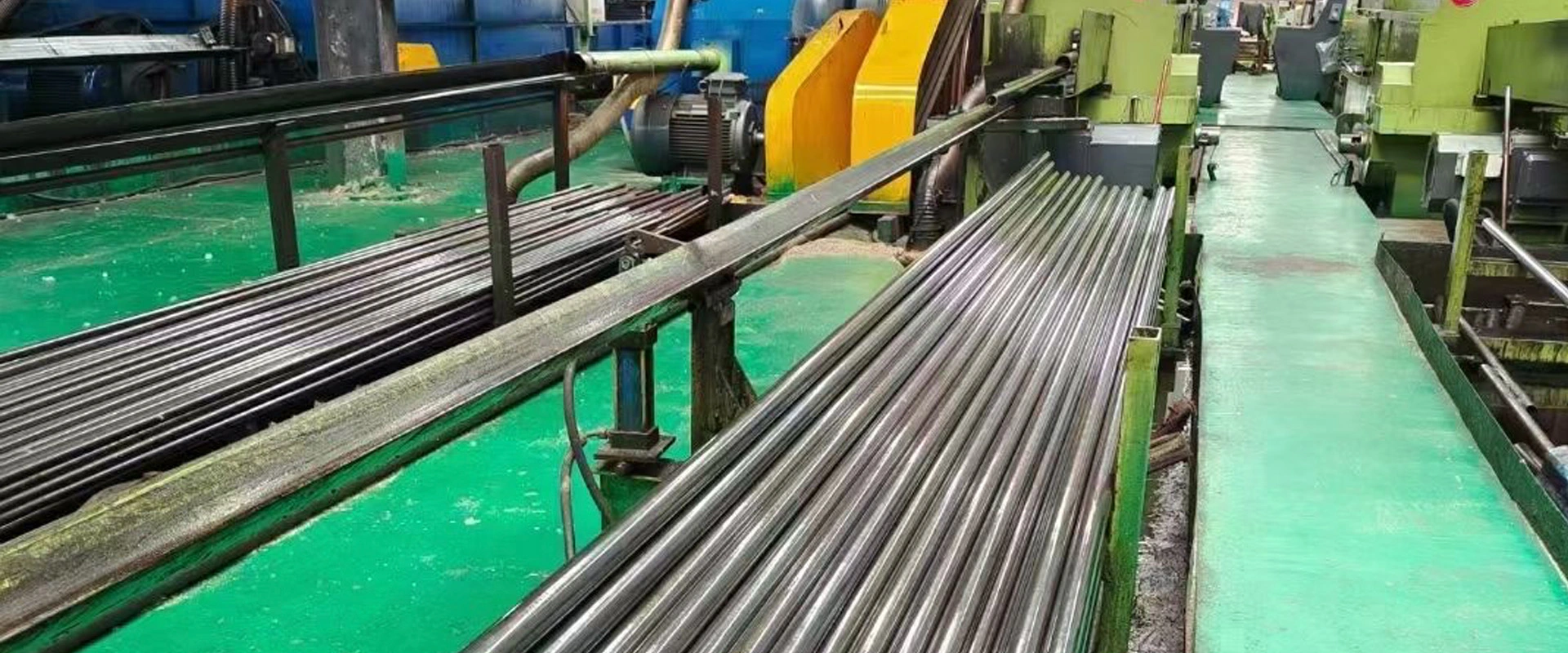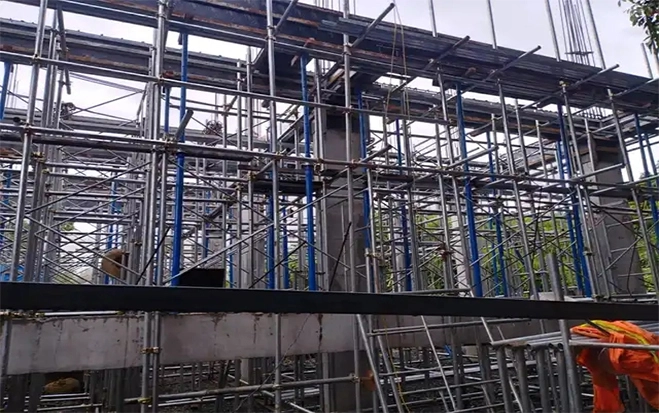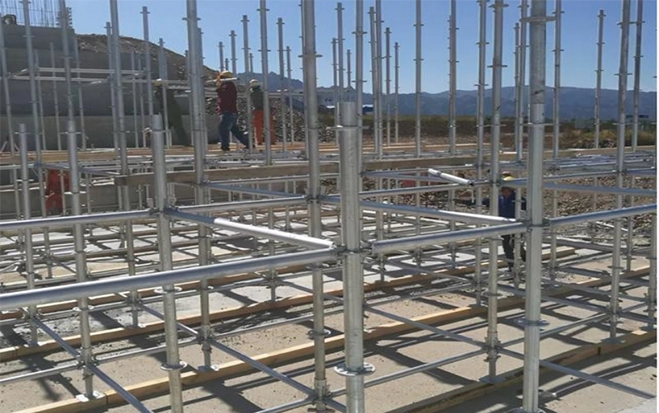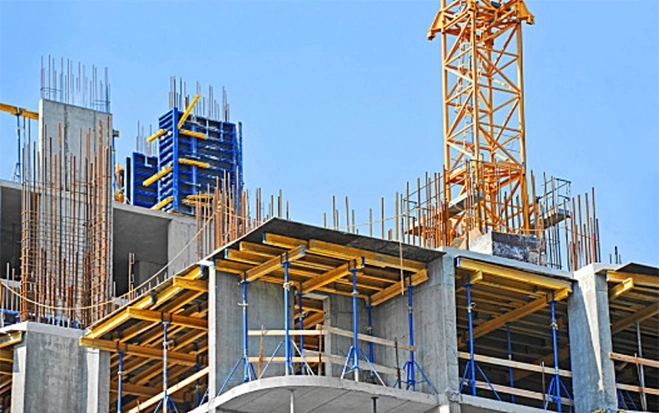
Seamless steel pipes are often used in a variety of industries because of their durability, strength and corrosion resistance. Such as oil and gas, petrochemicals, power generation, automobiles and construction.
Seamless steel pipes are often used in a variety of industries because of their durability, strength and corrosion resistance. Such as oil and gas, petrochemicals, power generation, automobiles and construction.
Seamless steel pipes play a pivotal role in enhancing scaffolding safety in several key ways:
Structural Integrity: Seamless steel pipes boast a uniform structure without any welds or seams, which significantly reduces the risk of weak points in the scaffolding structure. This uniformity ensures that the scaffolding can uniformly distribute the load, thereby minimizing the likelihood of collapses or structural failures. The inherent strength and durability of seamless pipes contribute to a more stable and secure scaffolding system, essential for the safety of workers and the public.
Corrosion Resistance: Many seamless steel pipes undergo treatments that enhance their resistance to corrosion and environmental wear. This resistance is crucial for scaffolding that is exposed to harsh weather conditions, including rain, snow, and extreme temperatures. By maintaining their structural integrity over time, these pipes help prevent accidents that could arise from the weakening of the scaffolding structure due to rust and corrosion.
High Load-Bearing Capacity: Seamless steel pipes are known for their ability to withstand high pressures and loads. This characteristic is particularly important for scaffolding, which must support the weight of workers, construction materials, and equipment. The high load-bearing capacity of seamless steel pipes ensures that scaffolding remains stable and secure, even under considerable stress, thereby enhancing safety on construction sites.
Flexibility in Design: The versatility of seamless steel pipes allows for the design and construction of scaffolding that meets specific project requirements. This flexibility ensures that scaffolding can be safely and efficiently erected in various configurations and environments, whether it’s a high-rise building or an irregularly shaped structure. By enabling the creation of custom scaffolding solutions, seamless steel pipes help mitigate potential safety risks associated with using non-optimized or generic scaffolding structures.
In summary, seamless steel pipes are integral to constructing safe and reliable scaffolding systems. Their structural integrity, corrosion resistance, high load-bearing capacity, and design flexibility collectively enhance scaffolding safety, providing a secure working environment for construction workers and ensuring the overall stability of construction projects.
The manufacturing process of seamless scaffolding steel pipes involves several critical steps to ensure their strength, durability, and reliability. It begins with the selection of solid, high-quality steel billets, which are preheated in a furnace at a very high temperature to make them malleable. Following this, the heated billets are pierced through the center using a mandrel to create a hollow shell. This shell is then elongated and rolled over a mandrel bar, stretching it out to form a long tube.
Subsequently, the tube undergoes a sizing process, where it is passed through a series of rollers to achieve the desired outer diameter and wall thickness. This step is crucial for meeting the specific requirements of scaffolding applications, where precision and strength are paramount. After sizing, the pipes are subjected to heat treatment to enhance their mechanical properties, improving their durability and resistance to wear and tear.
Finally, the seamless steel pipes are cut to length, inspected for quality assurance, and then coated or galvanized if necessary, to prevent corrosion. This comprehensive manufacturing process ensures that seamless scaffolding steel pipes are robust, reliable, and capable of withstanding the rigors of construction environments, making them an indispensable tool in the construction industry.



